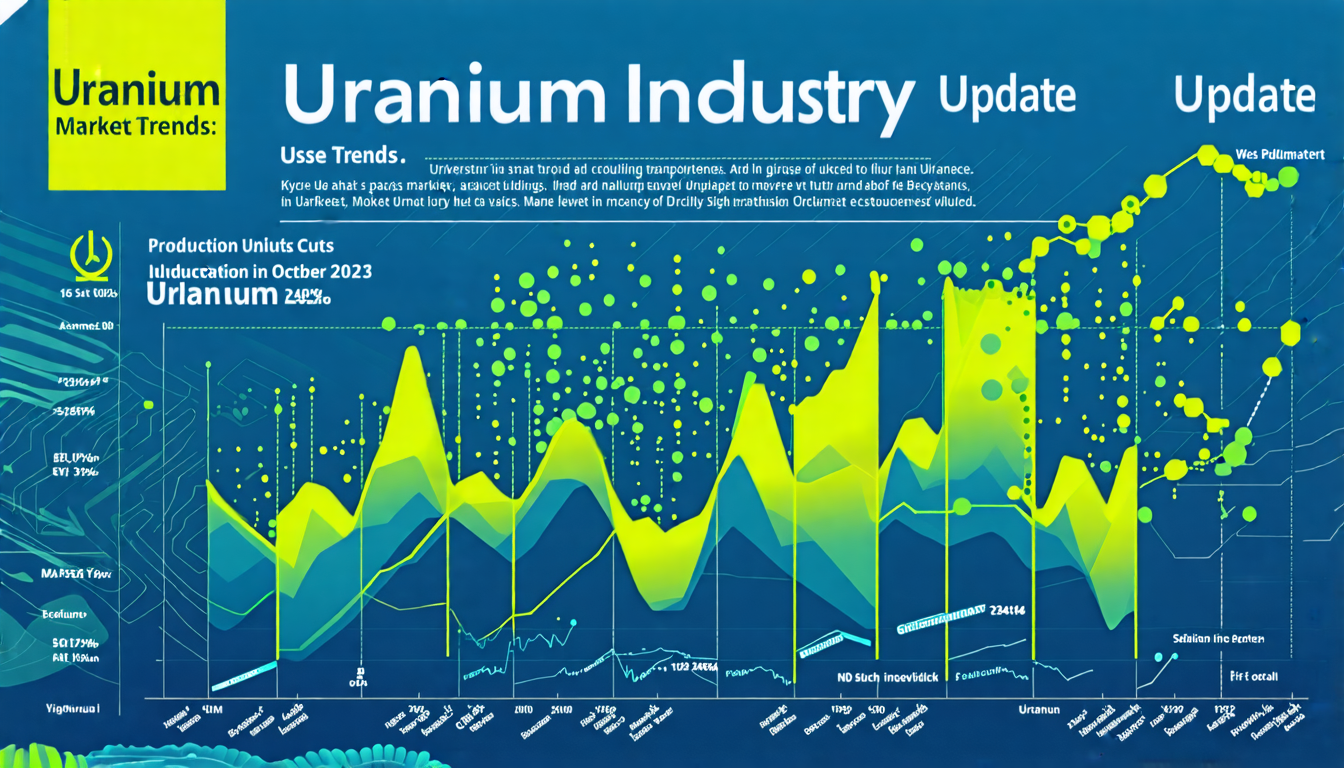“`markdown
Current Developments in the Uranium Industry
As of October 2023, significant adjustments have been made in the uranium production landscape. Kazatomprom, recognized as the largest uranium producer globally, has revised its production targets for 2025, cutting them by 5,000 tonnes of uranium (tU). This downward revision stems from ongoing uncertainties surrounding the supply of sulphuric acid and delays in construction at newer mining sites, rather than a projected increase in production.
In 2022, Kazakhstan produced 43% of the world’s uranium, reinforcing its dominant position in the market. Following Kazakhstan, Canada and Namibia accounted for 15% and 11% of the global output, respectively. It is noteworthy that more than two-thirds of the world’s uranium supply originates from Kazakhstan, Canada, and Australia, with over 55% of this production achieved through in situ leaching (ISL) methods.
Market Trends and Regulatory Challenges
The global demand for uranium continues to remain robust, propelled by an increase in nuclear power generation, particularly in countries like China and Japan. However, Kazatomprom’s production adjustments raise concerns about potential supply constraints that may affect uranium availability for nuclear energy production. As such, industry stakeholders are closely monitoring these developments.
Uranium prices have fluctuated recently, easing from a 16-year high exceeding $100 per pound to approximately $80 per pound, as noted by pricing data provider UxC. The price decline could reflect market adjustments in the face of Kazatomprom’s reduced output forecasts. Nonetheless, the company’s inventory levels are still considered adequate to meet existing contractual commitments through 2025, indicating a level of resilience within the industry amidst these challenges.
Moreover, discussions about regulatory and environmental issues related to uranium mining are ongoing, although specific recent developments remain less documented. The uncertainties in future production capabilities and regulatory frameworks could influence the industry’s long-term outlook as Kazatomprom has yet to make definitive decisions regarding mine developments for 2026 and beyond.
In summary, the uranium industry’s landscape is evolving with notable changes in production targets, market demand, and inventories. Stakeholders will need to adapt to the shifting dynamics to ensure sustained growth and stability in the nuclear energy sector.
“`









